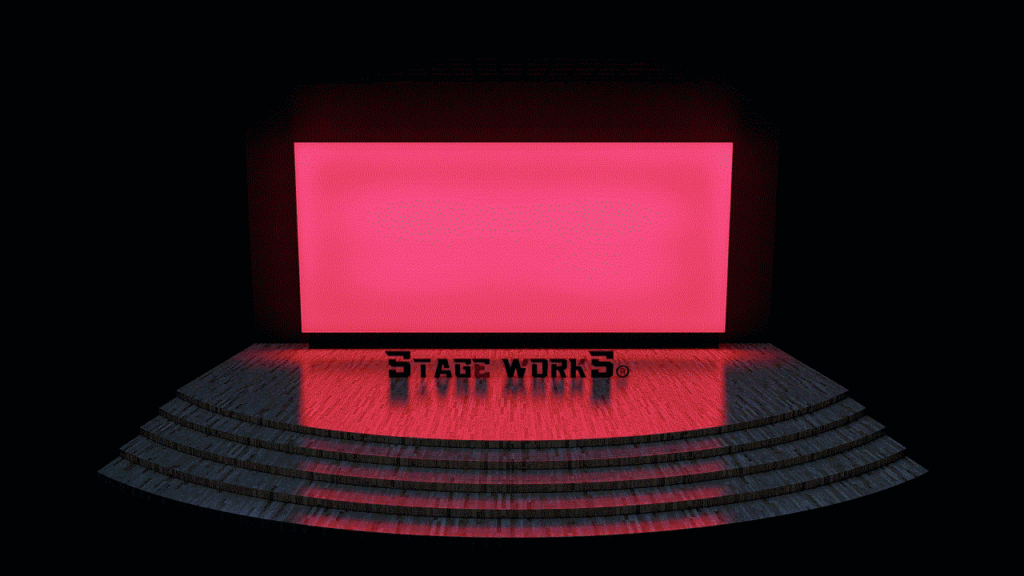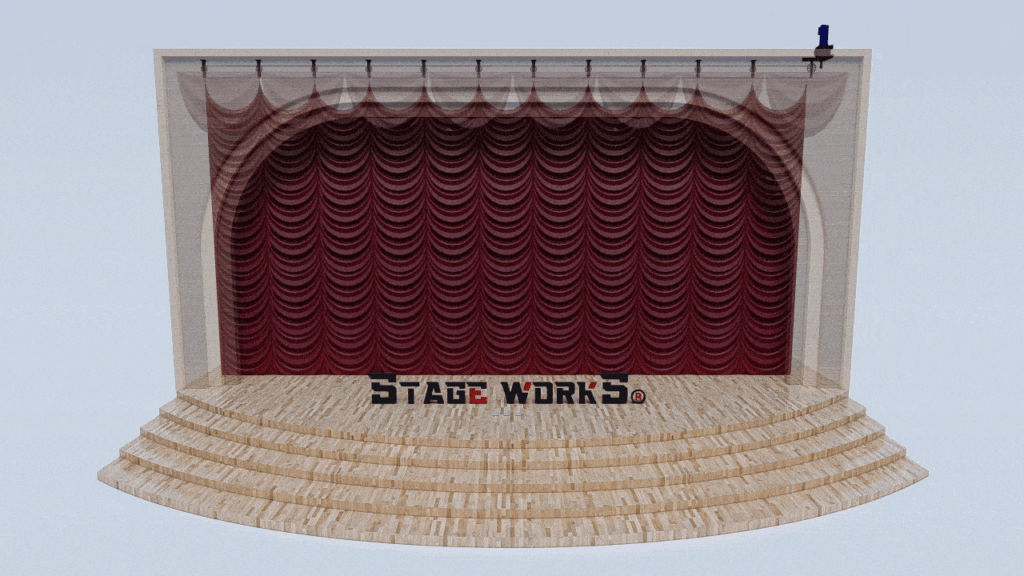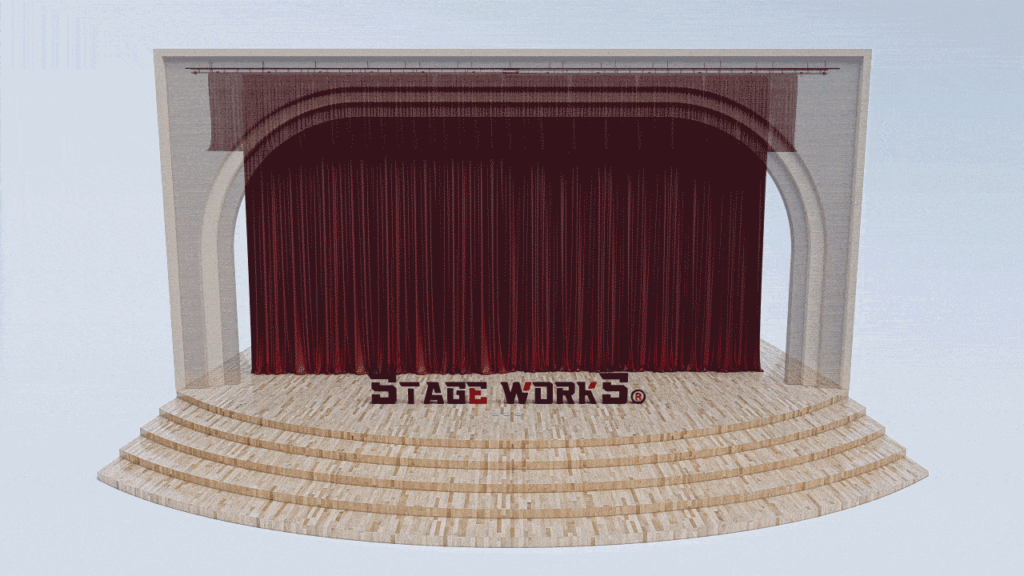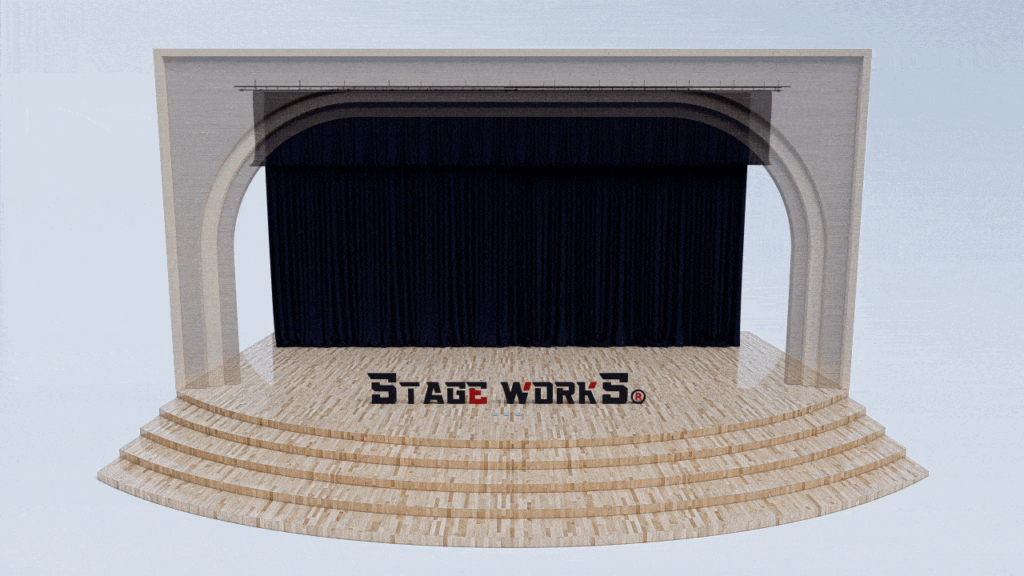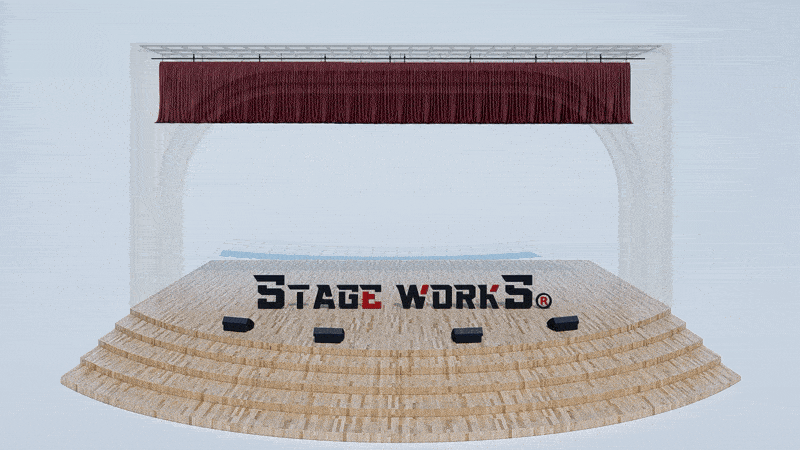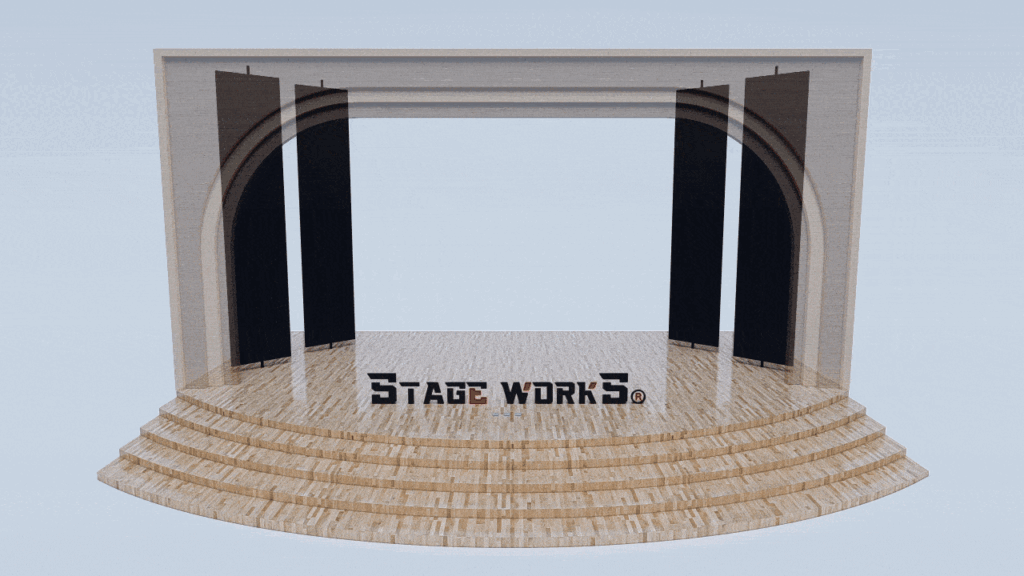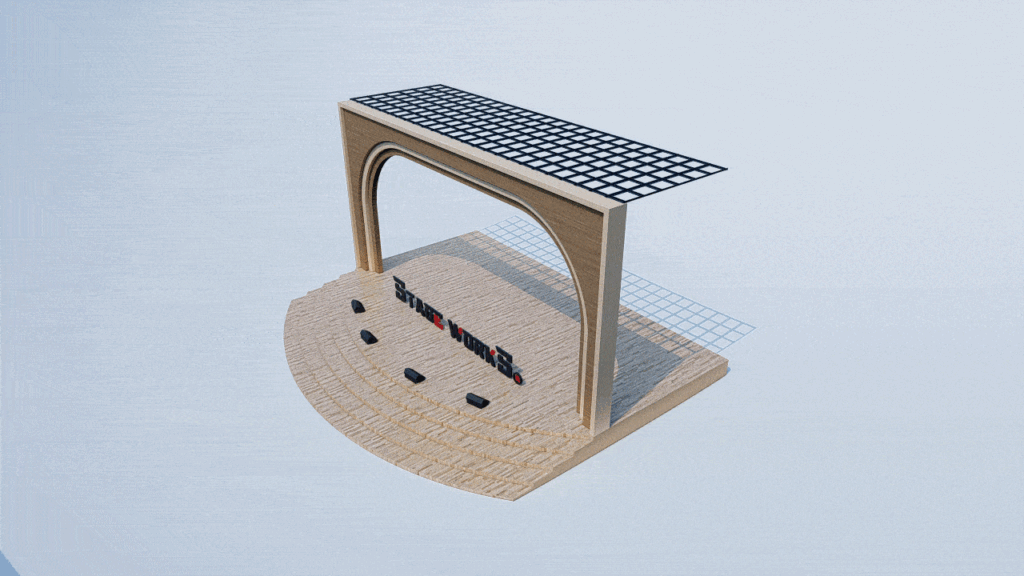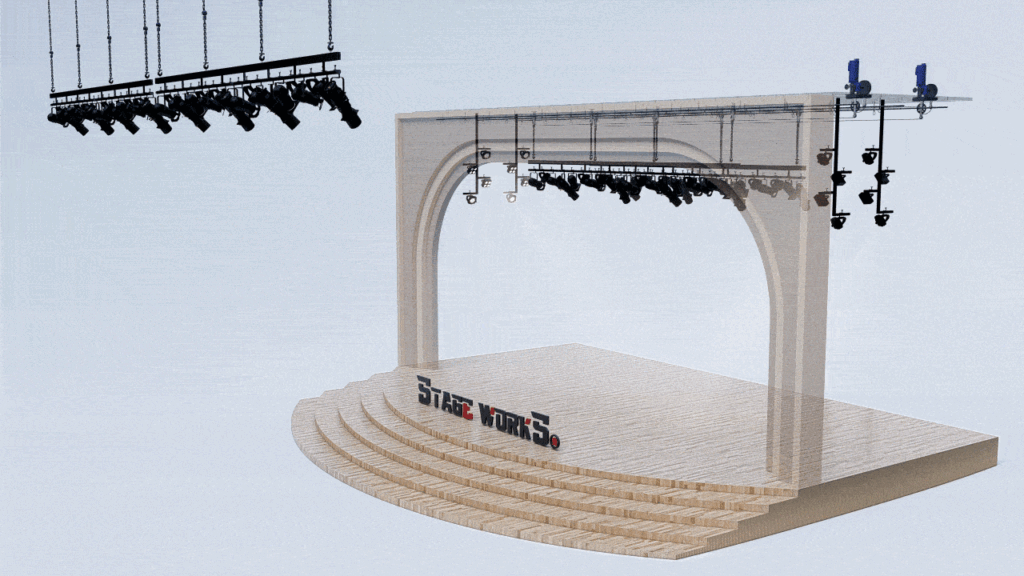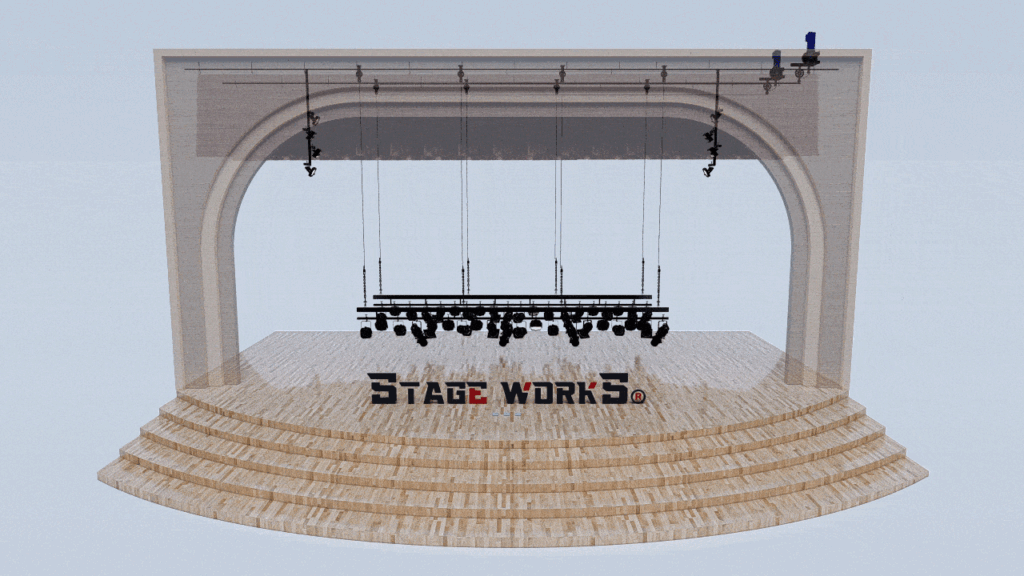The Unsung Heroes of the Stage: Unveiling the World of Stage Curtains
Stage curtains. At first glance, they might seem like a simple backdrop, a mere divider between the audience and the unseen preparations behind the scenes. But delve a little deeper, and you’ll discover a world of intricate design, technical innovation, and artistic expression. Far from being passive elements, stage curtains are integral to the success of any theatrical production, concert, or event. This article explores the multifaceted role of stage curtains, highlighting their importance beyond simply concealing the stage.
Functionality: Beyond the Obvious
The functional aspects of stage curtains are often overlooked. They are not just about hiding the stage; they contribute significantly to the overall performance. Consider the various types: grand drapes, cycloramas, traveler curtains, and borders. Each serves a unique purpose, influencing everything from sound absorption to light projection. The material itself—velvets, silks, or modern flame-retardant fabrics—affects the acoustics and the way light interacts with the stage, influencing the mood and atmosphere.
Furthermore, the mechanics behind the curtains—the ropes, pulleys, and motorized systems—are crucial for seamless scene changes. A smooth, precise operation is essential to maintain the flow of the performance and avoid disrupting the audience’s immersion. The careful coordination of these mechanisms is a testament to the unseen artistry that supports every successful production.
Aesthetics: Setting the Tone
Aesthetically, stage curtains are powerful tools. The color, texture, and design of the curtains dramatically contribute to the overall visual impact of the performance. A rich velvet curtain can create a sense of opulence and grandeur, while a simple, neutral backdrop allows the set design to take center stage. The choice of curtain material and design is often intricately linked to the themes and moods of the production, setting the scene even before the actors take their places.
Moreover, the introduction and manipulation of curtains themselves can be used as dramatic elements. A slow, deliberate reveal can build anticipation, while a swift change can signify a shift in time or location. Curtains, therefore, aren’t merely decorative; they are active participants in storytelling.
Technology and Innovation: The Modern Stage Curtain
The world of stage curtains is constantly evolving. Technological advancements have led to the development of innovative materials and mechanisms. Modern stage curtains incorporate advanced features such as fire-retardant treatments, acoustic enhancements, and integrated lighting systems. These features not only improve safety and performance but also enhance the creative possibilities available to stage designers.
Moreover, the integration of technology has made the control and operation of curtains more precise and efficient. Computerized systems allow for complex and synchronized movements, adding a new layer of sophistication to stage productions. This evolution means that stage curtains are no longer simply functional; they’re sophisticated components of a larger technological system.
Choosing the Right Curtains: Considerations for Different Venues
Selecting the appropriate curtains for a specific venue requires careful consideration of several factors. The size and scale of the stage, the type of performances hosted, and budgetary constraints all play a role in making an informed decision. The materials, the type of curtain, and the operational mechanisms must all align with the specific needs and aesthetics of the space. Understanding these crucial aspects ensures a seamless and efficient performance.
Conclusion: An Integral Part of the Performance
In conclusion, stage curtains are far more than just a backdrop. They are essential functional elements, powerful aesthetic tools, and increasingly sophisticated technological components of any performance. Their impact extends beyond the mere concealment of the stage; they contribute significantly to the overall success and artistic expression of a production. Choosing the right curtains requires a deep understanding of their diverse roles and functions. Investing in high-quality stage curtains is an investment in the overall quality and impact of any performance.



